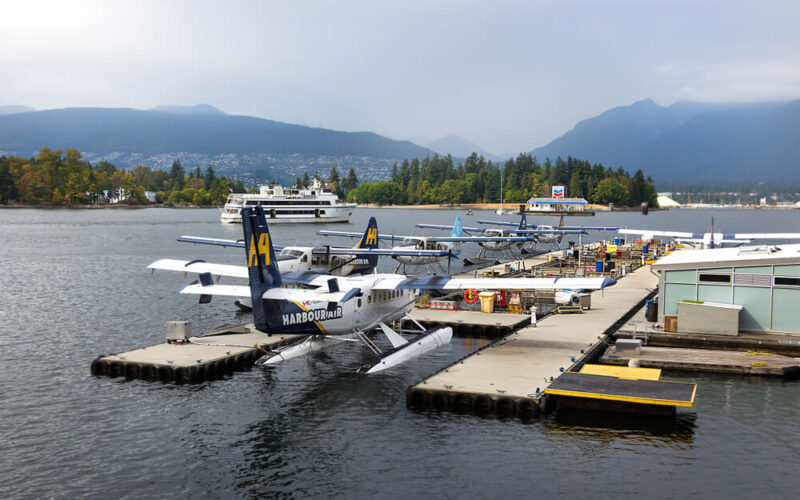Harbour Air set to become the first all-electric airline
We just recently discussed that your next flight will be on an electric aircraft. But at the same time, we realized that the sentence might not be true if you fly in a year.
However, we might have made a correct prediction. Harbour Air, a regional airline in Canada has announced that they partnered up with magniX, a company that builds electric motors for commercial aviation.
Their plan? To convert the entire Harbour Air seaplane fleet to electric.
A perfect match
Harbour Air currently operates a fleet of 34 seaplanes. The airline uses a variety of aircraft that can seat anywhere from 6 to 18 passengers. Harbour Air flies 12 routes, focusing on operations in the Pacific Northwest.
It is no small operation by any means, as the airline operates more than 30.000 flights per year and transfers over half a million passengers.
Anyhow, the CEO of magniX, Roei Ganzarski has said that “In 2018, 75 percent of worldwide airline flights were 1,000 miles or less in range.” Harbour Air is by no means a small operation in terms of passenger numbers, but its routes are exactly like Roei described – less than 1,000 miles in range.
In addition, Harbour Air has openly announced that they are committed to reducing their carbon footprint and in 2007 the airline became the first carbon-neutral airline in North America. magniX, the company behind the electric powertrain for the new ePlanes is committed to bringing an emissions-free engine alternative for the aviation industry.
It’s like a match made in heaven!
First tests later this year
The first aircraft the 2 companies will convert into an ePlane will be the de Havilland Canada DHC-2 Beaver. The aircraft can carry up to 6 passengers each flight.
de Havilland produced the DHC-2 Beaver between 1947 and 1967. But if you’re worried the aircraft is old, don’t! Viking Air, a Canadian company restores and refurbishes various old de Havilland models as they are quite important to the logistics sector in Canada.
The Beaver will get a completely new powertrain, which will be the electric magni500 engine, which produces 750 horsepower.

a magniX electric engine prototype
magniX and Harbour Air will test their newest ePlane in late 2019. If proven successful, the next step will be to certify the aircraft with Transport Canada.
But the plans do not end there. Both companies participating in the project have high hopes for the future, as the CEO of Harbour Air, Greg McDougall noted that “the intent is to eventually convert the whole fleet.”
Bright future ahead
As the electrification of aircraft seems to be not in the very distant future, the signs that the partnership between magniX and Harbour Air radiate are very positive.
While at first, it will be quite small-scale compared to the grand scheme of aviation, you have to start small. You cannot just go and put an electric engine into every Airbus A380. And as companies get more data from the very first few flights, the size of the electrical engines and subsequently the range will grow.
And they have room to grow, as Harbour Air has aircraft that differ in size. As a result, the electrification of their whole fleet will provide even more in-depth data.
Secondly, if most of the flights around the world are between destinations that are separated by less than 1.000 miles, electrifying the regional routes won’t be too difficult, as the required range is not as high. Thus, starting from a Beaver and going up to, for example, a regional jet that seats more than 70 people, will not be as difficult.
As we mentioned in previous posts, we cannot wait for the electrification of the aviation industry. Flying on an electric aircraft will be a whole new experience – with less noise, vibration and most importantly, emissions!

